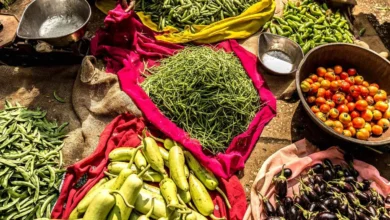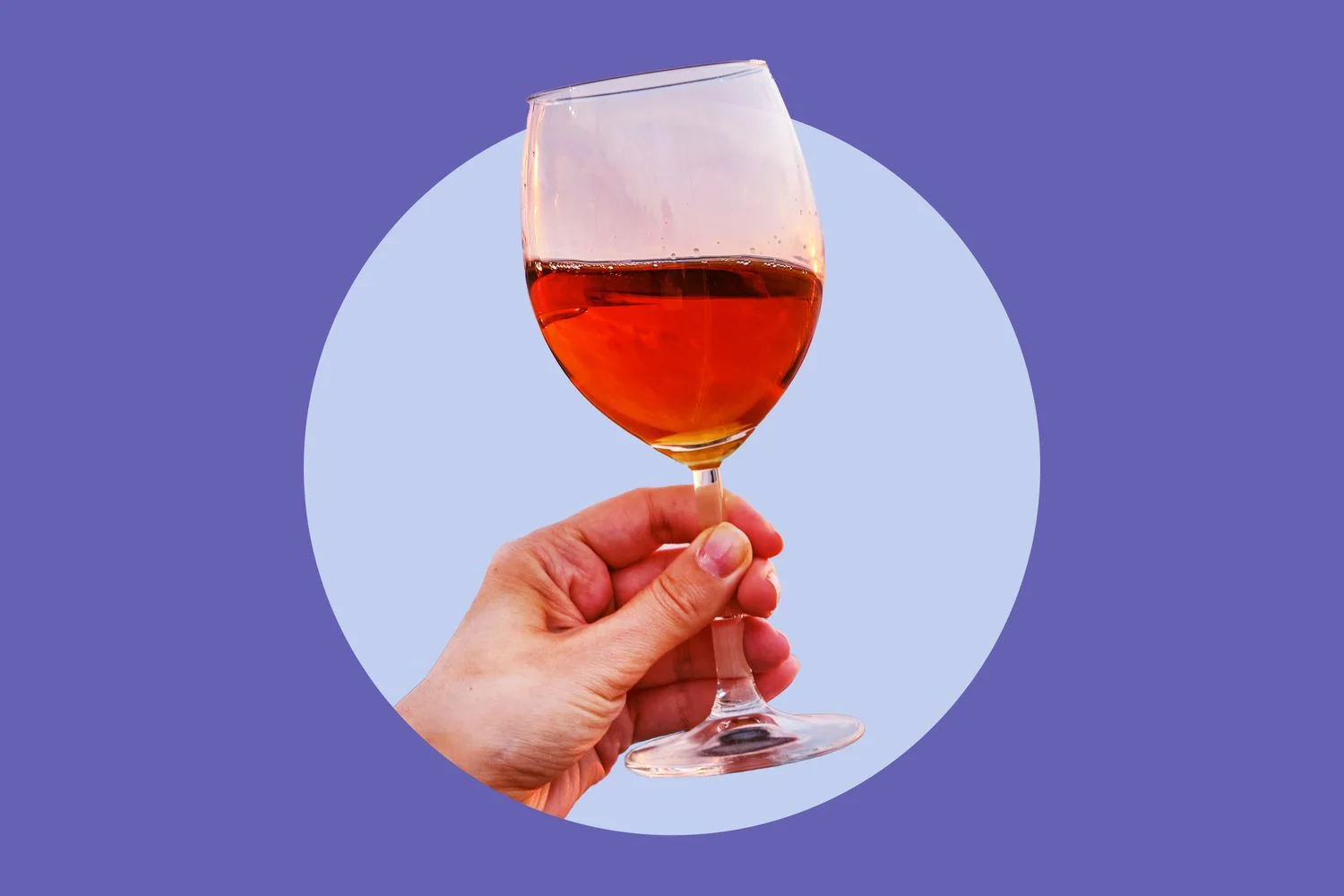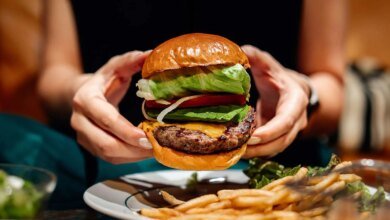Your Brain Can Actually ‘Taste’ Smells, Scientists Confirm

Your Brain Can Actually ‘Taste’ Smells, Scientists Confirm

uaetodaynews.com — Your Brain Can Actually ‘Taste’ Smells, Scientists Confirm
- A new study from Sweden’s Karolinska Institute found that the brain’s taste cortex responds not only to flavors on the tongue but also to aromas that reach the nose while eating, known as retronasal odors.
- Researchers found overlapping brain activity for taste and smell, indicating that these senses are integrated early in the eating process and may explain why certain aromas can evoke the sensation of flavor on their own.
- The study also revealed that the brain’s flavor map is flexible, changing over time—a discovery that could help explain how new smells and environments, like walking through a supermarket, influence what foods we crave and choose.
We’ve always known that food can be a full sensory experience, but it turns out your nose may play a much bigger role in how much you enjoy a great meal than we previously thought.
In September, researchers from the Karolinska Institute in Sweden published a study in the journal Nature Communications on how taste and aroma that travel from the mouth to the nose during eating (known as retronasal odors) can be encoded in the brain, much like tastes, even without food on the tongue.
To understand the role of our nose in taste, the team recruited 25 adult participants who were first tasked with tasting sweet and savory flavor combinations (think sugar and lychee, or MSG and chicken), which helped them learn to recognize which tastes and smells complement each other.
Next, the group participated in two sessions inside an fMRI brain scanner, where they were presented with either the taste part (sweet or savory solutions without smell) or the smell part (aromas dissolved in a tasteless liquid). The group also received a neutral “artificial saliva” solution as a control. Their brains were scanned with the fMRI to track which areas activated when they tasted or smelled different samples.
The researchers then analyzed the results to observe the brain’s response and activity patterns, aiming to determine if the brain reacted to a strawberry-like smell the same way it did to a sweet taste. They discovered that the brain’s insula (the main taste-processing area) exhibited overlapping activity patterns for both the actual tastes and the associated smells.
The researchers explained that this finding shows smells and tastes aren’t processed separately, but rather that the brain integrates them early on in the eating process.
“We saw that the taste cortex reacts to taste-associated aromas as if they were real tastes,” Putu Agus Khorisantono, lead author of the study, shared in a statement. “The finding provides a possible explanation for why we sometimes experience taste from smell alone, for example, in flavored waters. This underscores how strongly odors and tastes work together to make food pleasurable, potentially inducing craving and encouraging overeating of certain foods.”
But perhaps the most interesting discovery is that the insula’s patterns aren’t fixed. The team found they can shift over time, indicating that our brain’s flavor map is more dynamic than previously believed, helping humans adapt to new experiences and flavors.
However, the researchers aren’t stopping with these results. They noted in a release that they intend to investigate whether the same mechanism also applies to orthonasal odors, or external smells.
“We want to find out whether the activation pattern in the brain’s taste cortex changes from salty to sweet when we walk from the cheese aisle to the pastries in the supermarket,” Khorisantono said. “If so, this could have a significant impact on the foods we choose to consume.”
Disclaimer: This news article has been republished exactly as it appeared on its original source, without any modification.
We do not take any responsibility for its content, which remains solely the responsibility of the original publisher.
Author: Stacey Leasca
Published on: 2025-10-10 14:01:00
Source: www.foodandwine.com
Disclaimer: This news article has been republished exactly as it appeared on its original source, without any modification.
We do not take any responsibility for its content, which remains solely the responsibility of the original publisher.
Author: uaetodaynews
Published on: 2025-10-10 10:04:00
Source: uaetodaynews.com





